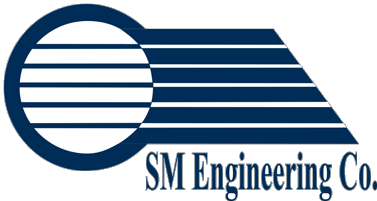Your water and sewer usage are billed separately. Water is usually metered, while the sewer bill is based on water usage. This method of billing results in a lot of overcharges. Here are a few reasons why:
1. Water charges are based on meter size. The meter size depends on the max flow that is needed for the plant. The meter size can vary form ½” to 12″ or larger.
2. Your lawn sprinkler system. The water used for sprinklers is lost to the environment due to evaporation and absorption in the soil.
3. Water may be needed to cool machinery and dumped into the storm water system.
4. Water may be needed in products that are shipped out, such as skin care products and hair care or as ice on products.
5. In industrial plants the sewer volume can be as low as 70% of water due to evaporation in cooling towers, boilers, ice for products, and many other industrial water uses. In most cases, cities bill for sewer based on volume and percentage of concentration. Lower your concentration of contaminates with holding ponds and chemical treatments.
6. Look at the classification of rates and rate options. Classifications can make a huge difference in rates such as residential, commercial, and industrial.
7. Machinery water nozzles for cleaning of the floors and machinery.
8. Credits may be available for water charges based on usage in the production process.
9. Meters that are not properly maintained can lead to false readings and result in substantial overcharges.
If your sewer bill seems a little high, contact the utility bill experts at SM Engineering for a no-obligation bill audit. Schedule your no-obligation review today.


